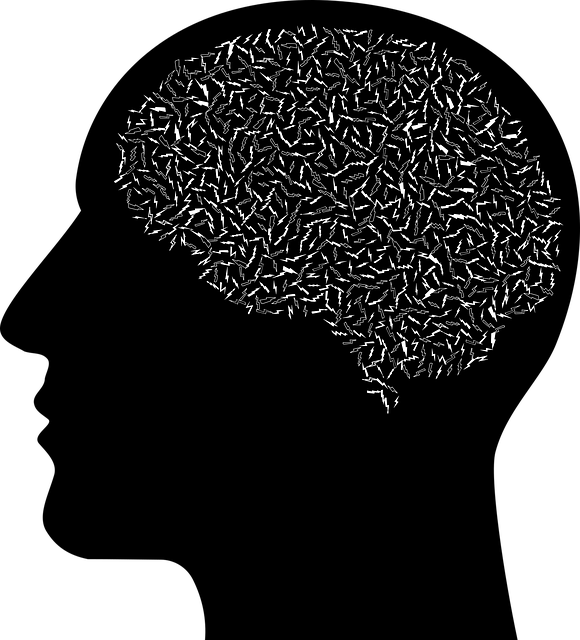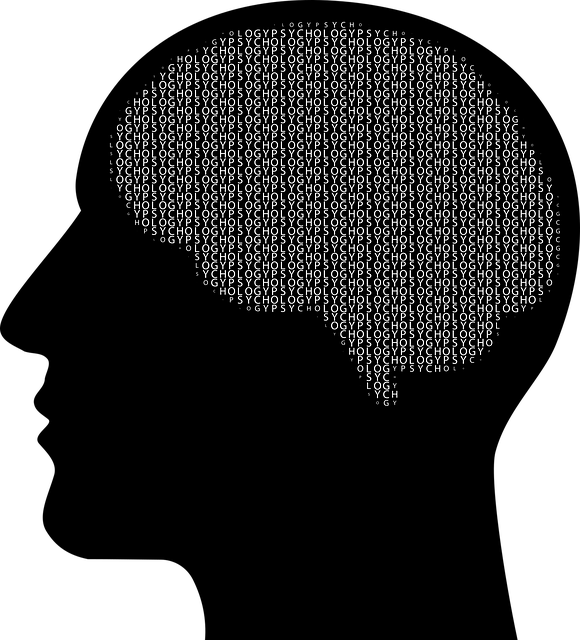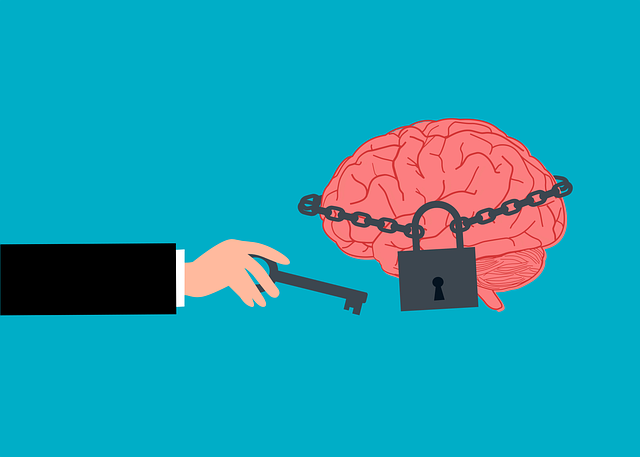Lafayette Adjustment Disorder (LAD) therapy is a specialized, holistic approach to managing intense emotional distress triggered by life changes or trauma. Combining cognitive-behavioral techniques with mindfulness meditation and self-awareness exercises, this therapy empowers individuals to challenge negative thought patterns and reduce stress, fostering resilience and long-term mental well-being. Post-crisis support, including individual therapy and group support meetings, along with preventative measures like stress management workshops, ensures sustained recovery and resilience against future crises. Stigma reduction initiatives and open communication spaces further encourage proactive coping mechanisms.
In times of crisis, effective intervention strategies are vital. This article guides readers through essential aspects of crisis management, with a specific focus on Lafayette Adjustment Disorder (LAD). We explore symptoms, triggers, and evidence-based interventions, including therapy techniques tailored to address LAD. Understanding these strategies empowers individuals and professionals to provide immediate support and long-term prevention. Discover practical insights into navigating crises and the transformative power of therapy in managing LAD, offering hope for those affected.
- Understanding Crisis Intervention: A Brief Overview
- Identifying Lafayette Adjustment Disorder: Symptoms and Triggers
- Strategies for Effective Crisis Intervention
- The Role of Therapy in Managing and Overcoming Lafayette Adjustment Disorder
- Post-Crisis Support and Prevention Techniques
Understanding Crisis Intervention: A Brief Overview

Crisis intervention strategies are essential tools for helping individuals navigate through intense emotional turmoil and challenging life situations. Understanding crisis intervention involves recognizing that it is a structured, supportive process aimed at promoting emotional well-being and reducing distress. This approach, often employed by mental health professionals like those specializing in Lafayette Adjustment Disorder Therapy, focuses on immediate assistance to help individuals cope with crises effectively.
The primary goal of crisis intervention is to provide a safe space for expression, ensure stability, and foster resilience. By employing techniques such as active listening, empathy, and problem-solving skills, therapists assist clients in identifying triggers, managing stress, and adopting healthy coping mechanisms. Moreover, integrating burnout prevention strategies and self-care practices into crisis intervention can empower individuals to maintain their emotional balance and prevent future crises.
Identifying Lafayette Adjustment Disorder: Symptoms and Triggers

The Lafayette Adjustment Disorder (LAD) is a mental health condition that arises when an individual struggles to cope with significant life changes or traumatic events. Recognizing its symptoms is crucial for effective LAD therapy and crisis intervention. Common indicators include severe emotional distress, irritability, mood swings, and difficulties in sleeping and concentrating. These symptoms often manifest as a reaction to specific triggers, such as the loss of a loved one, major life transitions like moving to a new city, or unexpected financial hardships.
Understanding LAD involves acknowledging how these triggers can lead to intense emotional reactions and maladaptive coping mechanisms. Mental illness stigma reduction efforts play a vital role in encouraging individuals to seek help without fear of judgment. Additionally, conflict resolution techniques and promoting positive thinking can be instrumental in managing symptoms and fostering resilience.
Strategies for Effective Crisis Intervention

In moments of crisis, effective intervention strategies can make a significant difference in an individual’s life. One powerful approach is Lafayette Adjustment Disorder Therapy, which focuses on helping individuals manage and overcome sudden, intense emotional distress. This therapy encourages active participation, fostering a sense of control and empowering clients to navigate through challenging situations. By combining cognitive-behavioral techniques with mindfulness meditation, therapists assist clients in identifying and changing unhelpful thought patterns, promoting better coping mechanisms.
Additionally, self-awareness exercises play a crucial role in crisis intervention. Encouraging individuals to pause, reflect, and recognize their emotions can prevent reactions from becoming overwhelming. Techniques such as deep breathing, grounding exercises, and regular practice of mindfulness meditation help reduce stress and anxiety levels, enabling individuals to respond rather than react during crises. This proactive approach, coupled with professional guidance, can effectively mitigate the impact of traumatic or stressful events, fostering resilience and long-term mental well-being.
The Role of Therapy in Managing and Overcoming Lafayette Adjustment Disorder

Therapy plays a pivotal role in managing and overcoming Lafayette Adjustment Disorder (LAD). Through evidence-based therapeutic approaches, individuals with LAD can develop effective coping strategies to navigate life’s challenges. Cognitive Behavioral Therapy (CBT), for instance, helps identify and challenge negative thought patterns that contribute to the disorder. By restructuring these thoughts, CBT boosts confidence and reduces stress, enabling individuals to better adjust to stressful situations.
In addition to CBT, other therapeutic modalities like mindfulness-based practices and support groups can significantly enhance recovery. Mental illness stigma reduction efforts within therapy create a safe space for individuals to express their experiences without fear of judgment. This not only encourages open communication but also facilitates the exploration of healthy coping mechanisms, ultimately fostering resilience in managing LAD symptoms.
Post-Crisis Support and Prevention Techniques

Post-crisis support is a vital step in the recovery process. Individuals who have experienced a traumatic event often require long-term care to manage their mental health effectively. Lafayette Adjustment Disorder Therapy, for instance, offers specialized treatment plans tailored to help clients cope with the aftermath of a crisis. This can include individual therapy sessions, group support meetings, and evidence-based techniques to enhance resilience. By providing a safe space, therapists enable individuals to process their emotions, gain insights into their experiences, and develop healthy coping mechanisms.
Preventative measures also play a significant role in mitigating future crises. Organizations should consider implementing workshops focused on stress management and self-esteem improvement. These initiatives can empower individuals with tools to navigate challenging situations. Additionally, social skills training within schools or workplaces could foster better communication and reduce interpersonal conflicts, indirectly preventing potential crises. Such proactive strategies ensure that people have the resources needed to build resilience and maintain mental well-being.
In addressing crisis intervention strategies, this article has provided a comprehensive guide to understanding and managing Lafayette Adjustment Disorder (LAD). By recognizing symptoms, identifying triggers, and employing effective interventions, individuals can effectively navigate crises. The role of therapy, as highlighted, is pivotal in managing LAD, offering evidence-based approaches for recovery. Post-crisis support and preventive techniques further reinforce the holistic approach to addressing this complex disorder. For those seeking Lafayette Adjustment Disorder therapy, these insights serve as a starting point for effective treatment and long-term well-being.














